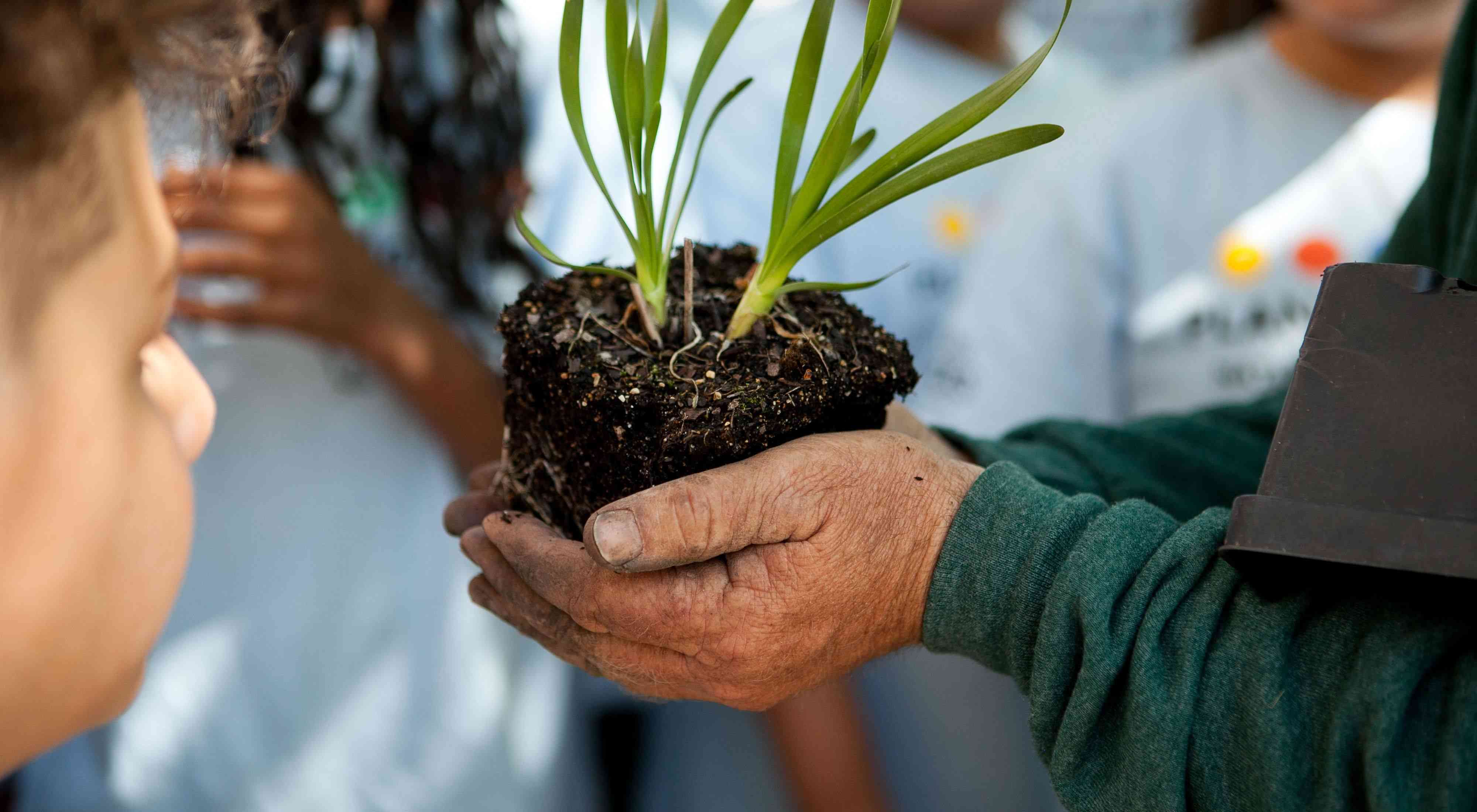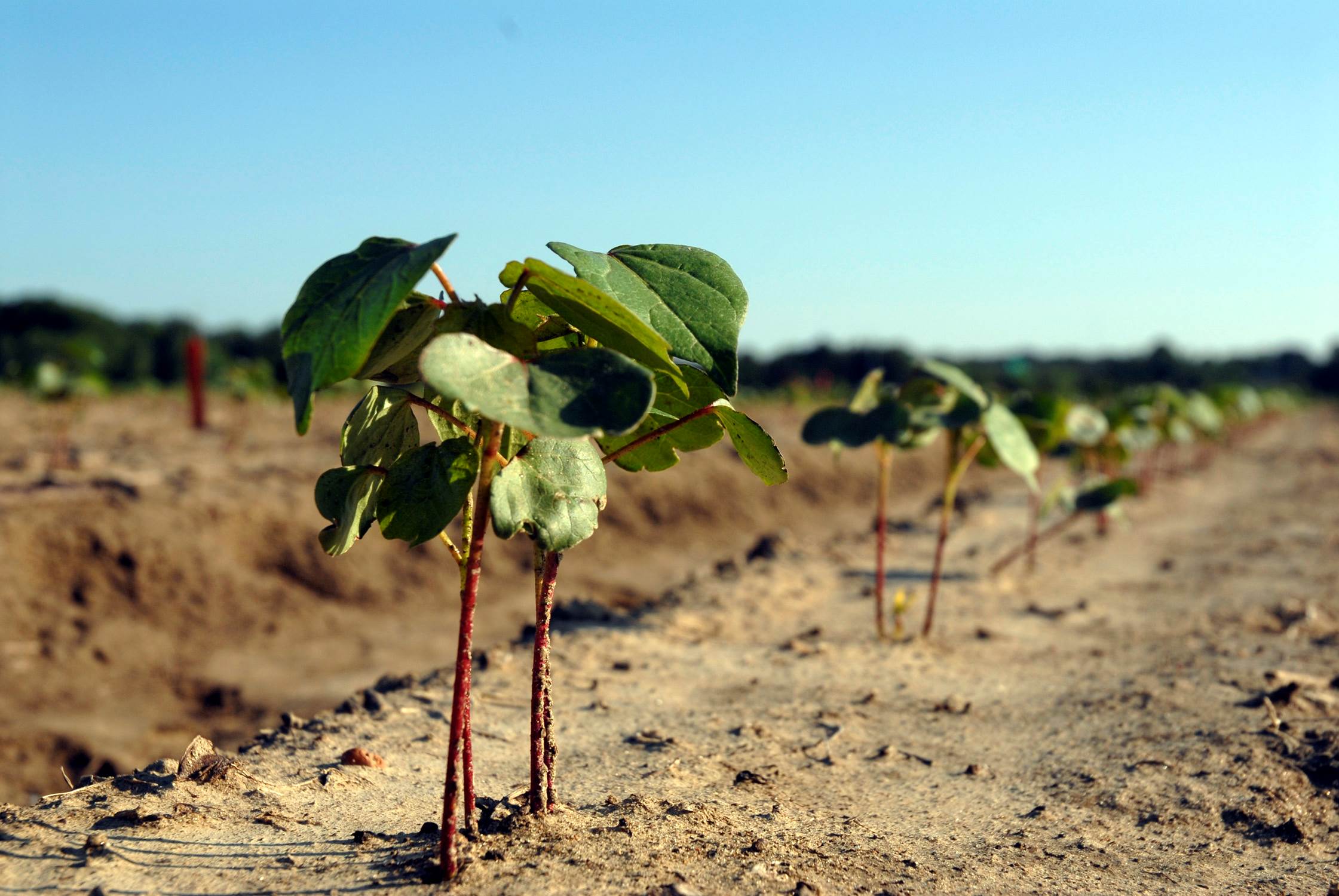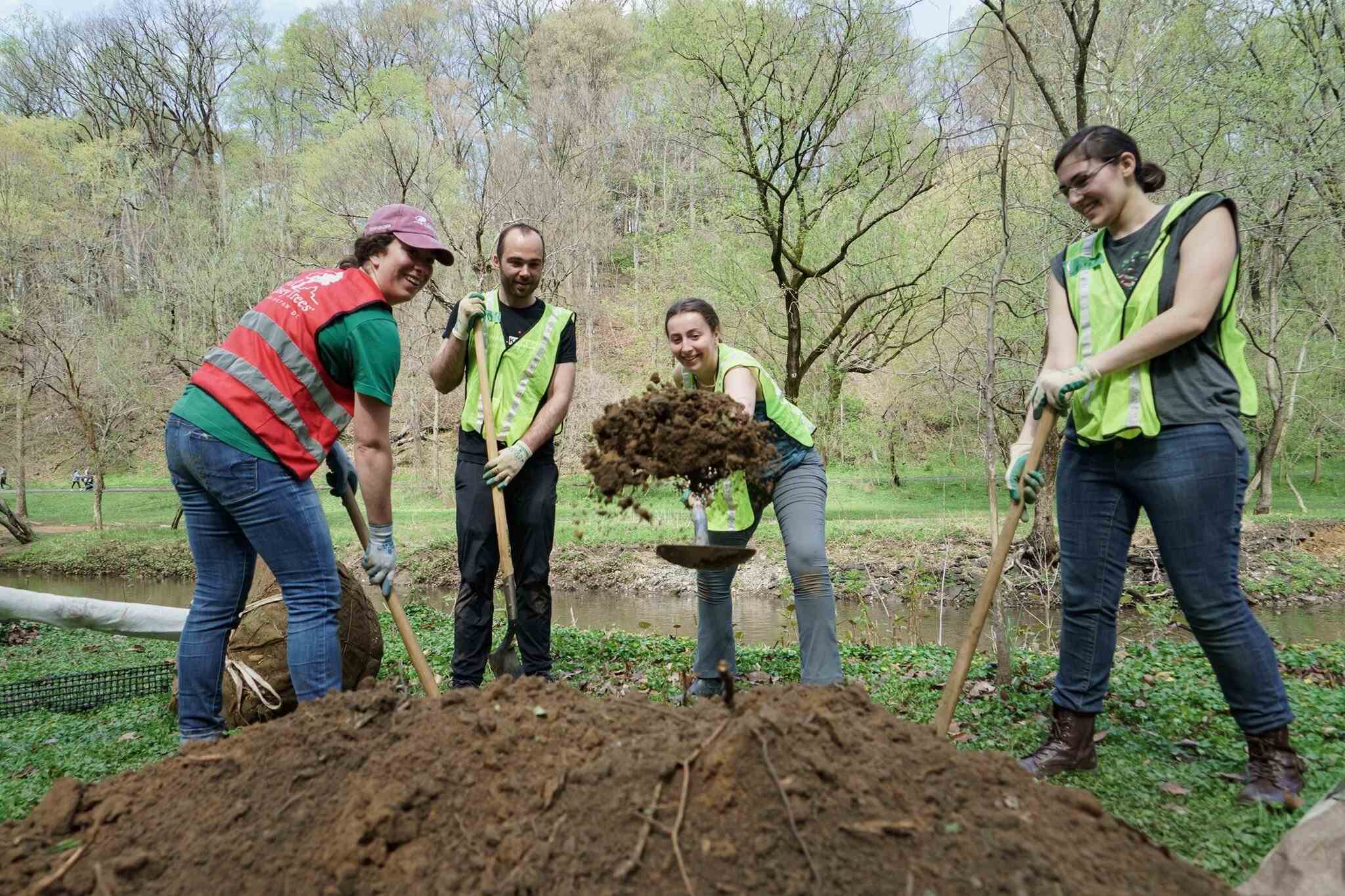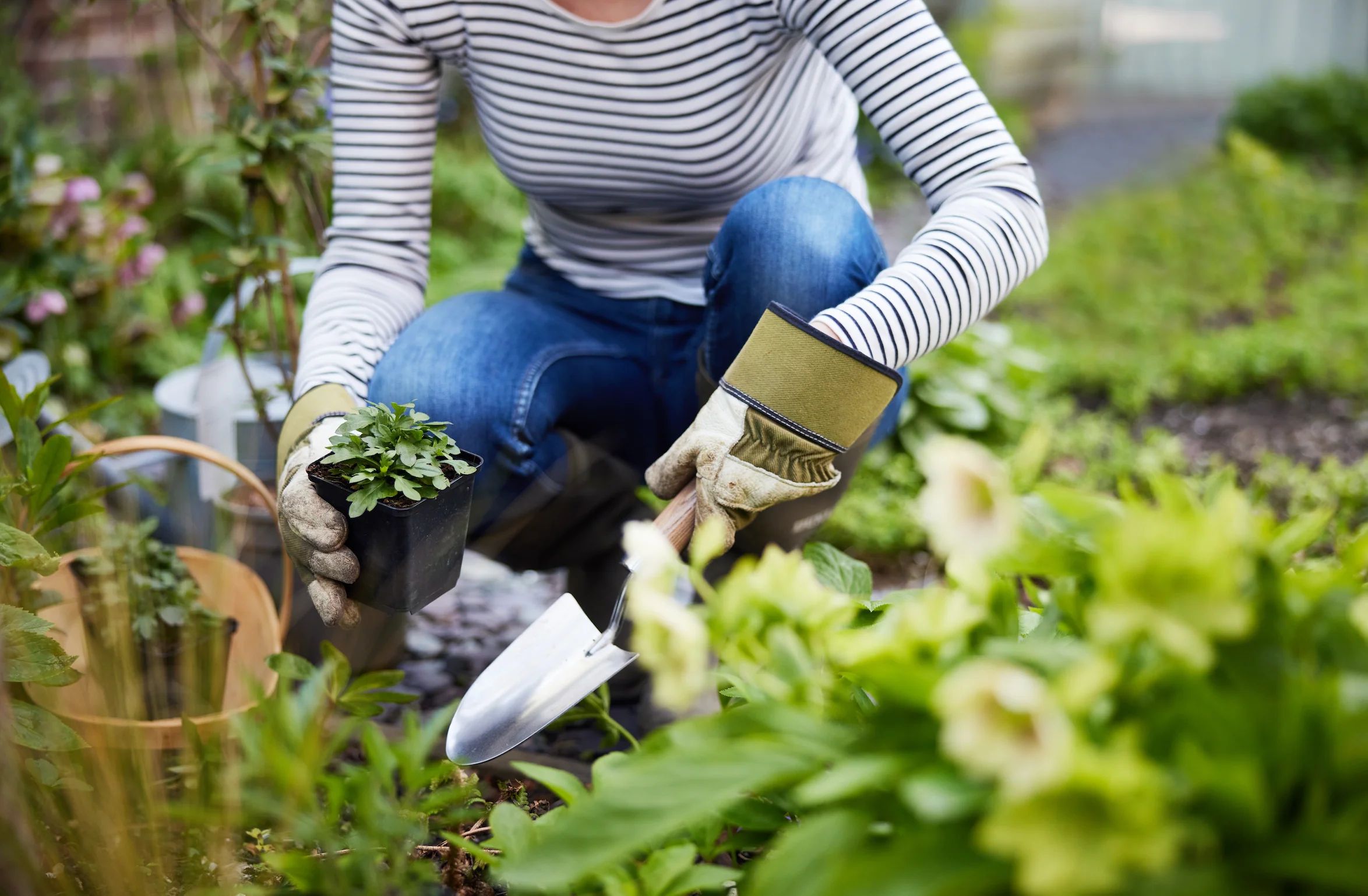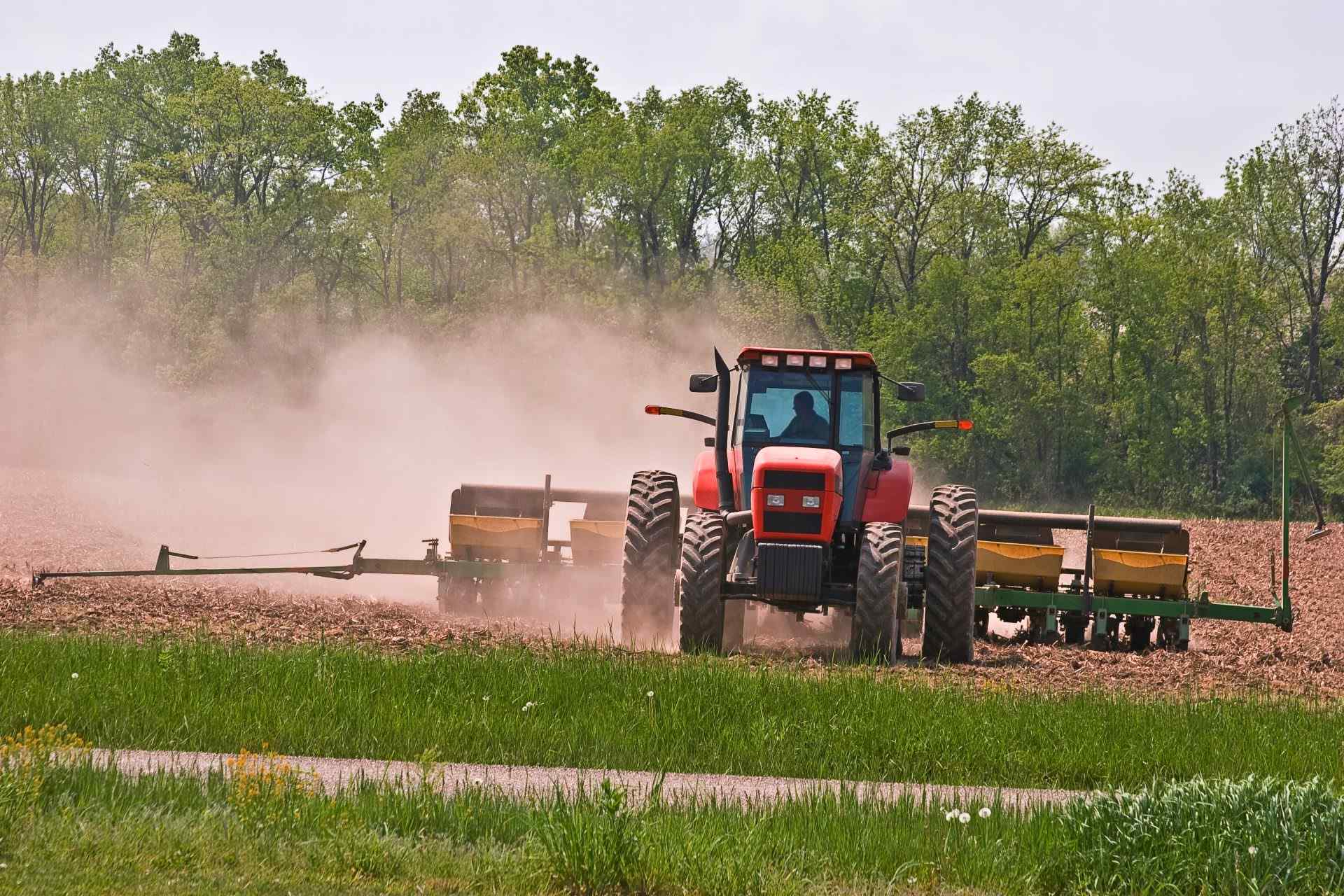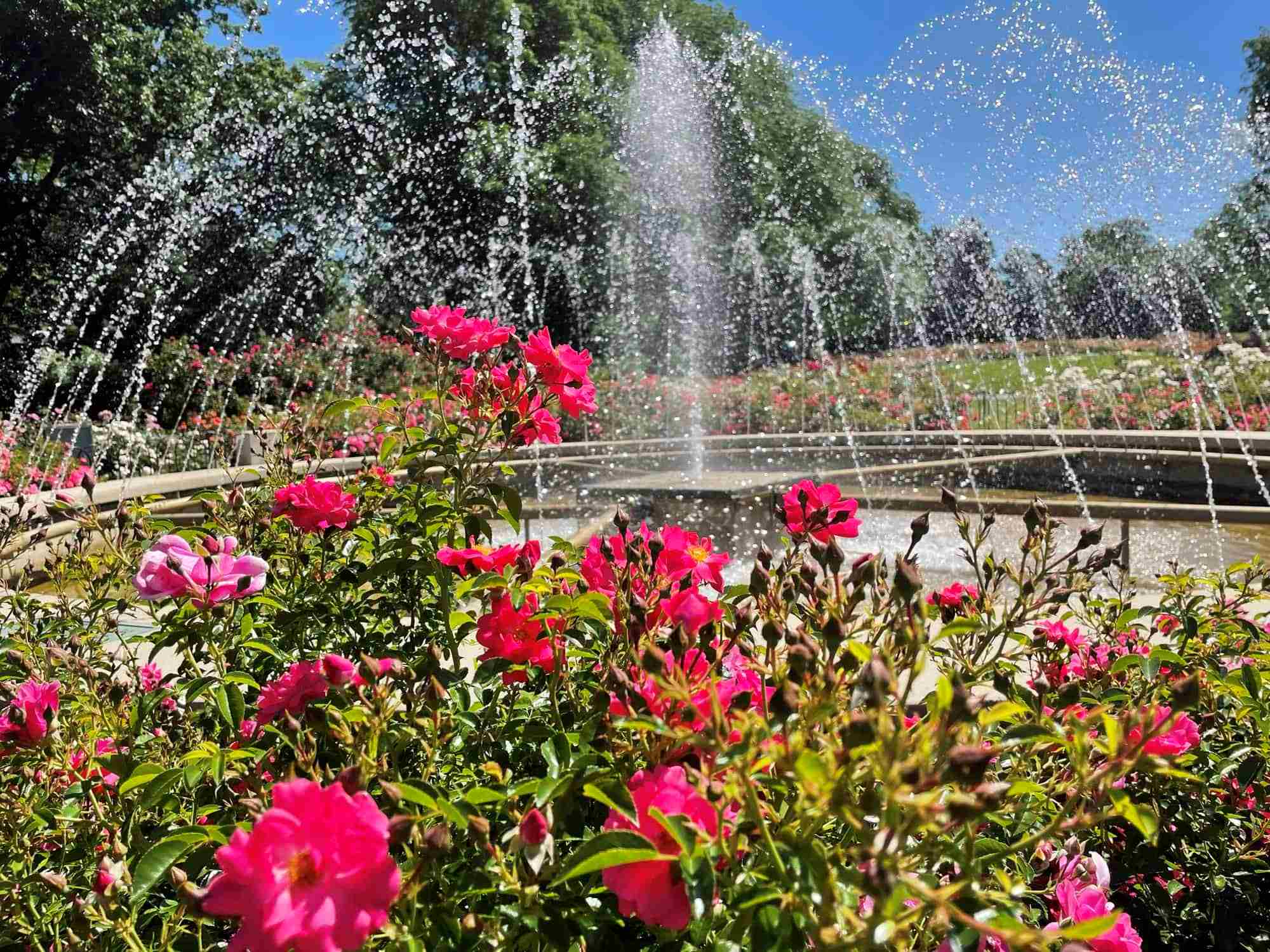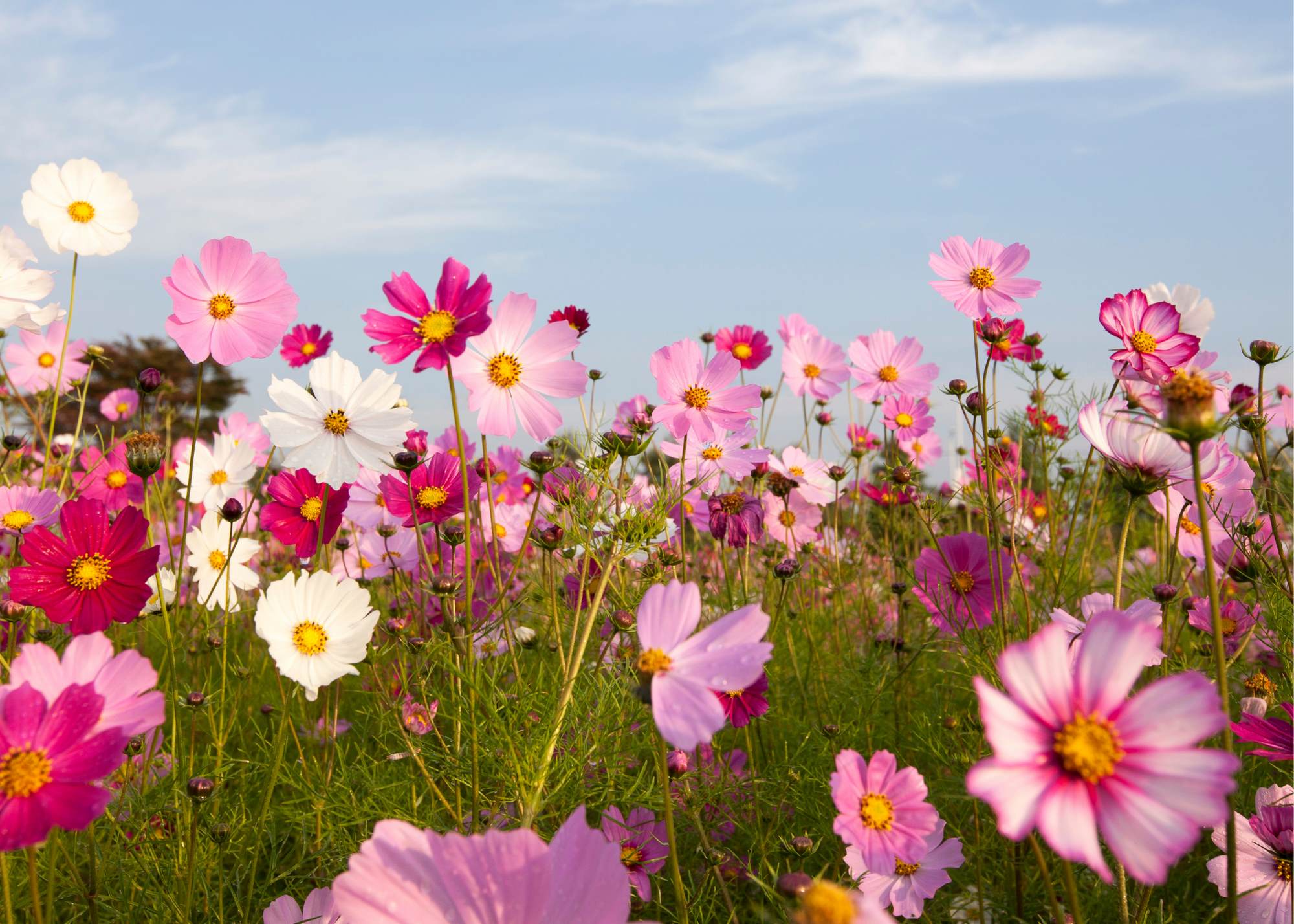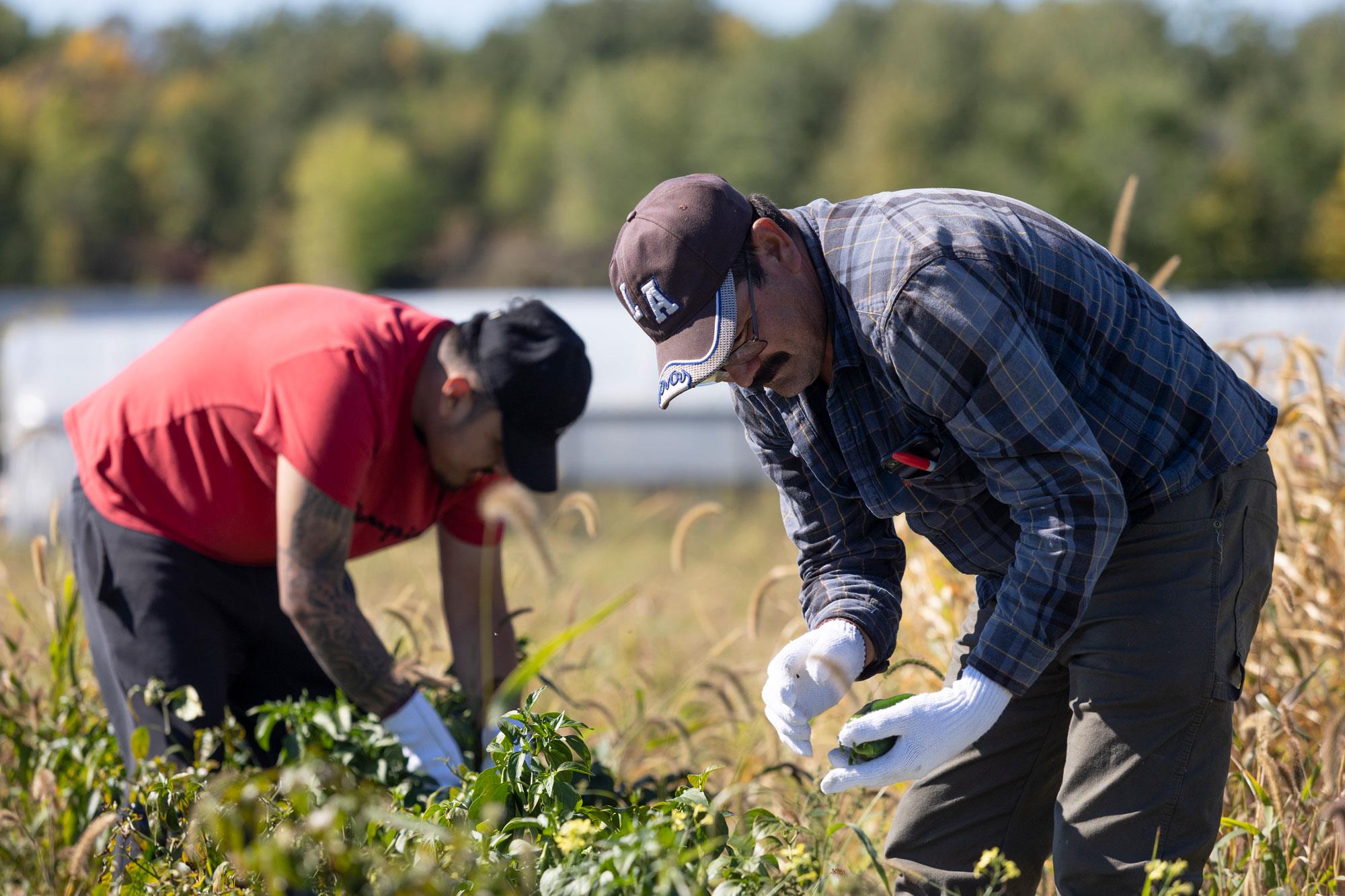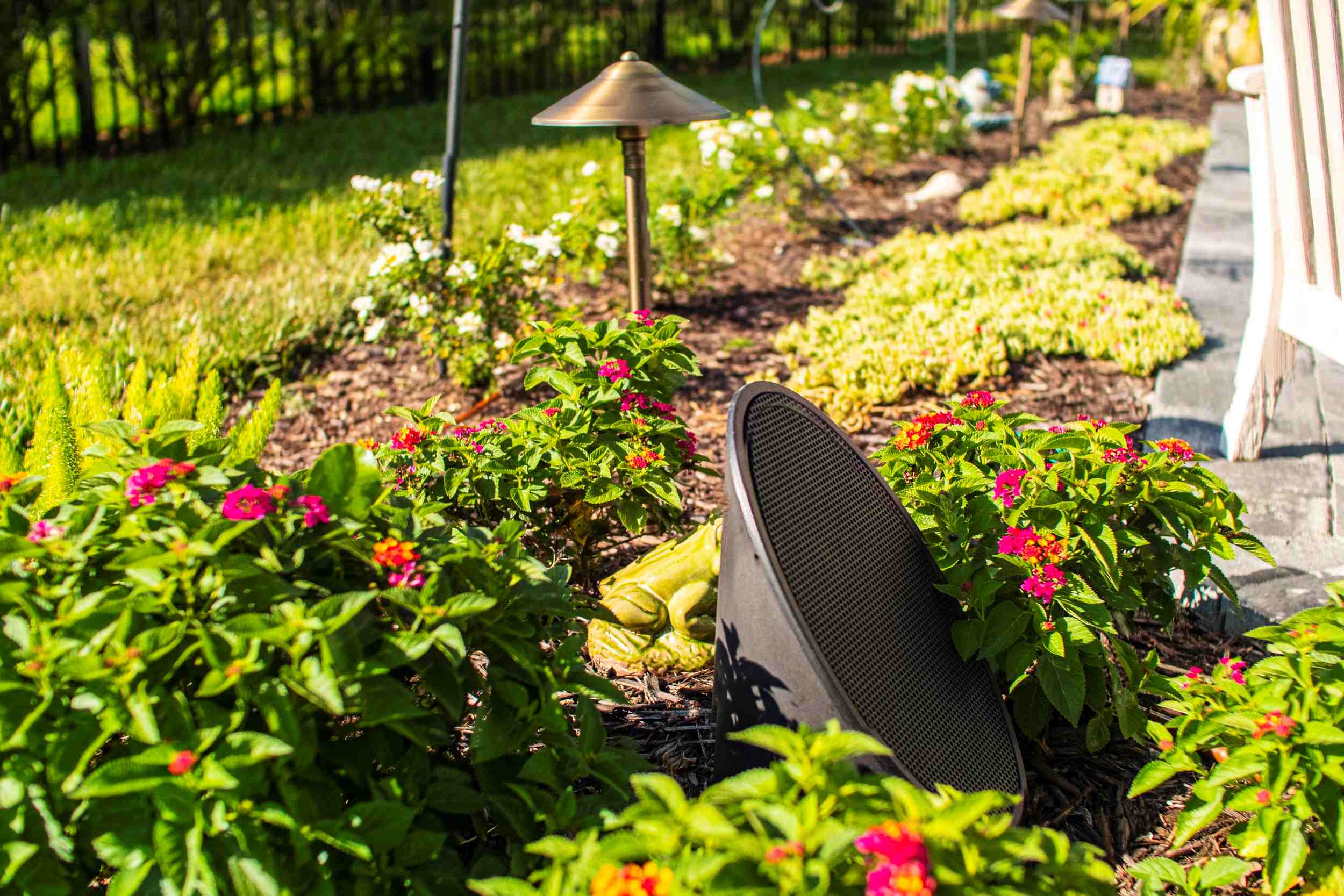Home>Gardening Basics>Understanding Soil>What Planting Zone Is Riverside, CA
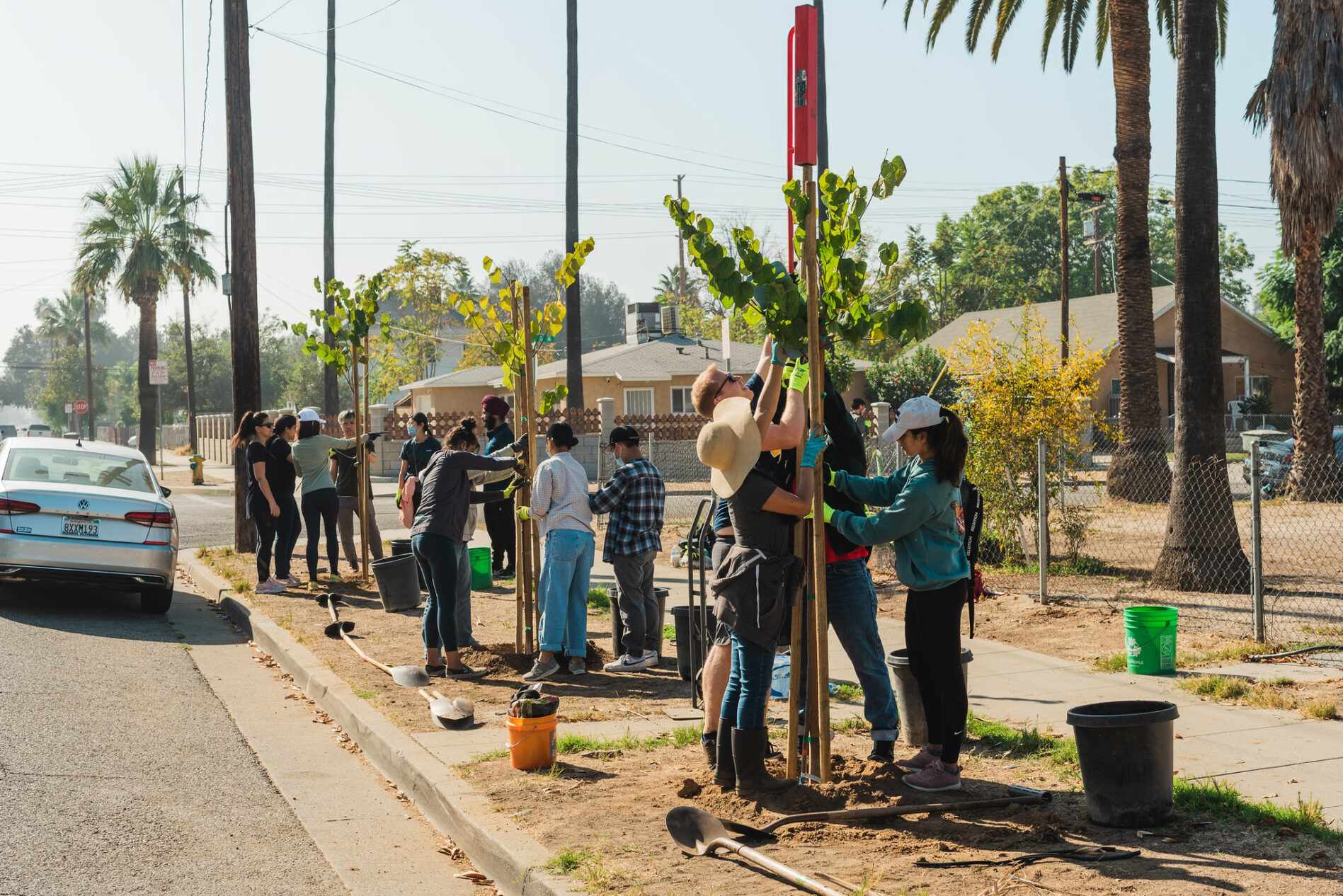

Understanding Soil
What Planting Zone Is Riverside, CA
Modified: February 6, 2024
Understand the soil in Riverside, CA for optimal planting. Explore the different zones to ensure successful gardening and landscaping projects.
(Many of the links in this article redirect to a specific reviewed product. Your purchase of these products through affiliate links helps to generate commission for Chicagolandgardening.com, at no extra cost. Learn more)
Table of Contents
Introduction
When it comes to gardening and landscaping, understanding planting zones is crucial. Planting zones help gardeners determine which plants will thrive in their specific geographical area based on factors such as climate and temperature. In the United States, the United States Department of Agriculture (USDA) has divided the country into various planting zones, each characterized by its unique environmental conditions.
If you are a resident of Riverside, CA, or planning to garden in the area, it is essential to know the specific planting zone for your region. Riverside, located in Southern California, experiences a Mediterranean climate with warm summers and mild winters. This region is known for its diverse plant life, but not all plants will thrive in this environment.
By understanding the planting zone of Riverside, CA, you can choose plants that are well-suited to the local climate, ensuring their successful growth and longevity. In this article, we will explore the planting zone of Riverside, CA, as well as recommend plants that will flourish in this area’s unique conditions.
Understanding Planting Zones
Planting zones, also known as hardiness zones, are a way of categorizing regions based on their average annual minimum temperatures. The USDA introduced the hardiness zone map to assist gardeners in selecting plants that are most likely to thrive in their specific area. This information is vital because different plants have varying temperature requirements for growth and survival.
The USDA divides the United States into 11 major hardiness zones, ranging from zone 1 (coldest) to zone 11 (hottest). Each zone is further divided into subzones, denoted by letters, to provide more precise temperature information. These zones are based on historical weather data and help gardeners make informed decisions about plant selection.
When determining your specific planting zone, it is essential to consider the average annual minimum temperature in your area. This information can usually be found on the USDA hardiness zone map or by using online resources that provide zone lookup tools. By knowing your planting zone, you can choose plants that are best suited to the temperature range of your region, increasing their chances of thriving.
It is important to note that while planting zones primarily focus on temperature, other factors can also impact plant growth, such as soil type, rainfall, and humidity. Therefore, it is always wise to consider these additional factors when selecting plants for your garden.
Climate and Geography of Riverside, CA
Riverside, California, is located in the Inland Empire region of Southern California. It is known for its diverse climate and unique geography. The city experiences a Mediterranean climate, characterized by warm, dry summers and mild, relatively wet winters.
Riverside’s location plays a significant role in shaping its climate. The city sits in a valley surrounded by mountains, which affects its temperature patterns. During the summer months, temperatures can reach over 100°F (38°C), while winters are generally mild, with temperatures rarely dropping below freezing.
The geography of Riverside is equally diverse, with the Santa Ana River running through the city. The surrounding landscape includes rolling hills, citrus groves, and a mix of urban and suburban areas. The proximity to the mountains provides stunning views and also contributes to the city’s unique microclimates.
Due to its Mediterranean climate, Riverside experiences hot, dry summers with low humidity. This can create a challenge for gardeners as water conservation becomes crucial. It is important to choose plants that are well-suited to these dry conditions and can withstand the summer heat.
Additionally, the sandy soil composition prevalent in many parts of Riverside can pose further challenges for gardeners. Sandy soil tends to drain quickly, requiring proper irrigation and soil amendment to ensure plant health and growth.
Overall, the climate and geography of Riverside, CA, present a dynamic environment for gardening and landscaping. Understanding these factors is essential for selecting plants that can thrive in the region while taking into consideration the unique challenges posed by the hot summers and sandy soil.
Planting Zone of Riverside, CA
Riverside, CA, falls within USDA hardiness zone 9b. This means that the average annual minimum temperature in the region ranges from 25°F (-4°C) to 30°F (-1°C). Gardeners in this zone need to consider plants that can tolerate mild winter temperatures while thriving in the hot summers typical of the Mediterranean climate.
With its specific hardiness zone, Riverside offers a wide range of plant options for gardeners. Many plants that thrive in zones 9 and 10 will also do well in this area. However, it is essential to note that the microclimates within Riverside may lead to variations in planting conditions. Factors such as elevation, exposure to sunlight, and proximity to water bodies can influence the local climate and should be taken into account.
When selecting plants for the planting zone of Riverside, CA, it is best to choose drought-tolerant species that can withstand hot and dry conditions. Native plants to Southern California, such as California poppy, sagebrush, and toyon, are excellent choices. These plants have adapted to the region’s climate and can thrive with minimal water requirements.
Additionally, ornamental grasses like fountain grass and Mexican feather grass are popular choices for adding texture and visual interest to gardens in Riverside. They are low-maintenance and can withstand the heat of the summer months.
Other plants that thrive in zone 9b include succulents, such as agaves and aloe vera, as well as various citrus trees. These add beauty and provide a touch of Southern California flavor to any landscape or garden.
Lastly, it is important to choose plants that are compatible with the sandy soil prevalent in many parts of Riverside. Amending the soil with organic matter and providing proper irrigation will help create a healthy growing environment for a wide range of plants.
By considering the specific hardiness zone and the unique climate and soil conditions of Riverside, gardeners can select plants that are well-suited to the region’s characteristics. This will ensure vibrant and thriving gardens that can withstand the challenges of the local environment.
Recommended Plants for Riverside, CA
When it comes to selecting plants for the Riverside, CA area, it is important to choose species that are well-adapted to the Mediterranean climate and the specific planting zone of 9b. Here are some recommended plants that thrive in the region:
Drought-Tolerant Native Plants:
- California Poppy (Eschscholzia californica): The vibrant orange blooms of the California poppy are a familiar sight in California landscapes. These drought-tolerant flowers can add a burst of color to your garden.
- Sagebrush (Artemisia californica): This aromatic shrub is known for its silvery-green foliage and can tolerate the dry and hot conditions of Riverside.
- Toyon (Heteromeles arbutifolia): Also known as California Holly, this evergreen shrub produces clusters of bright red berries and can thrive in the area’s sandy soil.
Ornamental Grasses:
- Fountain Grass (Pennisetum setaceum): This drought-tolerant grass features graceful arching blades and fluffy pink or purple flower spikes, adding texture and movement to your landscape.
- Mexican Feather Grass (Nassella tenuissima): With its delicate, fine-textured foliage, this grass creates a soft, airy aesthetic and is well-suited to the hot and dry conditions of Riverside.
Succulents:
- Agaves: These striking succulents come in a variety of sizes and forms, with rosettes of fleshy leaves that can withstand drought and heat.
- Aloe Vera: Known for its medicinal properties and ornamental value, Aloe Vera thrives in the Riverside climate and adds a touch of tropical beauty to gardens.
Citrus Trees:
- Orange Trees: Varieties such as Valencia and Washington navel oranges thrive in the warm climate of Riverside, producing juicy and delicious fruits.
- Lemon Trees: Meyer lemon trees are well-known for their fragrant blossoms and tangy fruits, adding both aesthetic and culinary value to gardens.
Remember to consider the specific needs of each plant regarding sunlight, watering, and soil type. Providing proper care and maintenance will ensure the long-term success of your garden in Riverside, CA.
Conclusion
Understanding planting zones is key to successful gardening and landscaping, and Riverside, CA, falls within USDA hardiness zone 9b. With its Mediterranean climate, characterized by hot, dry summers and mild winters, Riverside offers a unique environment for plant growth.
Gardeners in Riverside should choose plants that are well-suited to the local climate and soil conditions. Drought-tolerant native plants such as California poppy, sagebrush, and toyon are great choices, as they have adapted to the region’s dry and hot conditions.
Ornamental grasses like fountain grass and Mexican feather grass add visual interest to landscapes and can withstand the heat of the summer months. Succulents, including agaves and aloe vera, thrive in the Riverside climate and require minimal water. Citrus trees such as orange and lemon trees are also well-suited to the area, producing flavorful fruits while adding beauty to gardens.
When planning your garden in Riverside, consider factors such as microclimates, exposure to sunlight, and proximity to water bodies. These factors can influence plant growth and should be taken into account when selecting the right plants for your garden.
By choosing plants that are compatible with the planting zone and the unique climate and soil conditions of Riverside, you can create a vibrant and thriving garden. Proper care and maintenance, such as appropriate watering and soil amendment, will help ensure the long-term success of your garden in Riverside, CA.

